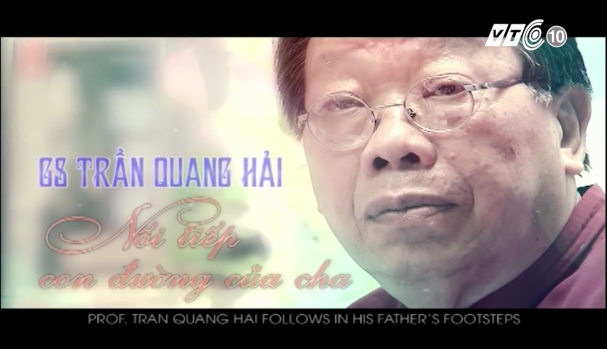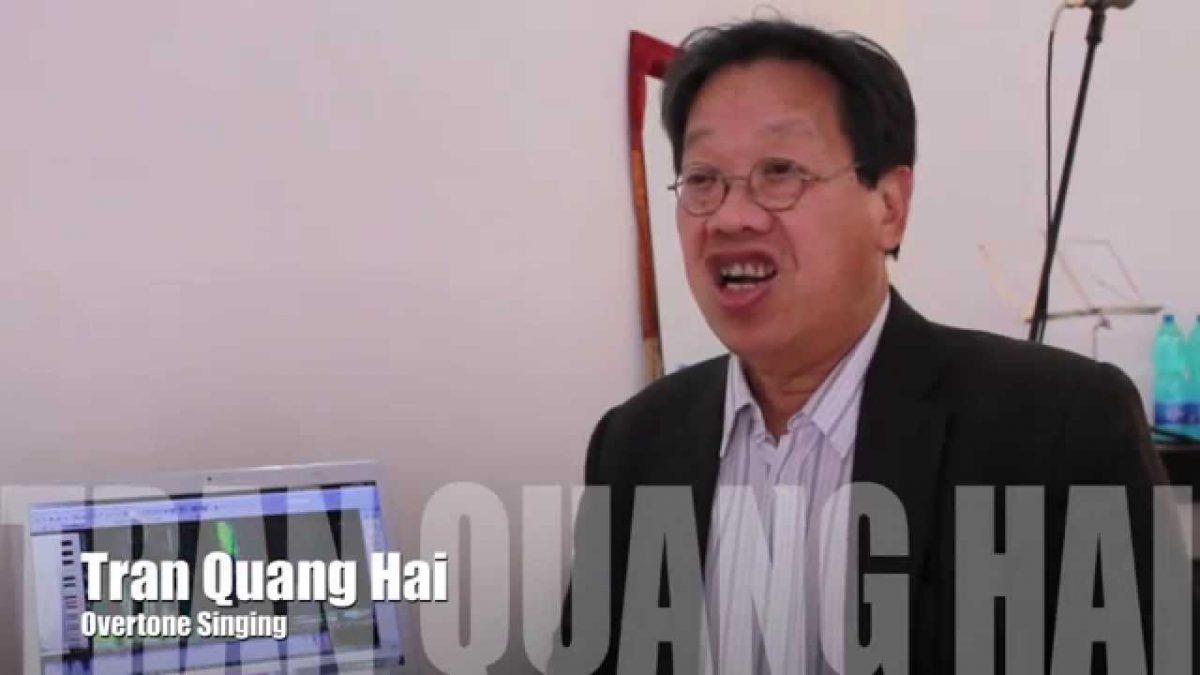SAMI JANSSON : A miraculous method of singing On Throat Singing of South Siberia
A miraculous method of singing
On Throat Singing
of South Siberia
Sami Jansson narrates
Exercised by a number of Central Asian tribes, throat singing is a peculiar vocal art with three basic vocalizing methods and at least four submethods that allow a singer to simultaneously sing with two, indeed, sometimes even with four voices.
A rich throat singing tradition survives in Tuva (this is a republic that today belongs to Russia) and in Western Mongolia. In these areas that are marked by vast grasslands and mountain ranges, throat singing is called “chömei” (“ö” is pronounced like “o” and “e” simultaneously). As a singer elicits a fundamental tone that allows overtones to be extracted, the result is a “chömei-voice”. The singer extracts overtones by varying the shape of his oral parts and pharynx: as a result two, three, or even four distinct tones can be heard. As the fundamental tone remains constant, melodies are sung with the highest overtone, that resembles the sound of a flute.
Tuva is located in Central Asia

What is throat singing and how does it differ from western singing?
Western people commonly think that a single artist cannot simultaneously sing with more than one voice and that consequently several singers are required for a multivocal concert. However, a human voice is never absolutely pure. The reason for this is that voice is blown all the way from the lungs through the windpipe and small chambers in the respiratory tract. Two persons can never have quite identical air chambers; consequently no two human voices exist with exactly similar timbres. The peculiar character of a person’s voice results partly from a fundamental tone formed by the vocal chords, and partly from overtones that resonate in the windpipe and air chambers of the respiratory tract. Siberian singers, however, constrain the part of throat called false vocal chords and vary the shape of their pharynx and tongue to produce miraculous overtones of various kinds. Some of these overtones are nothing but buzzing and sqeaking, others sharp, clear, and beautiful, some of which resemble the sound of a flute. Usually these vocal overtones are not heard as distinct sounds. Instead, they are rather conceived as the characteristic quality of a person’s voice. By the way, it is the overtones that allow us to tell apart different vowels. It is clear that letters a, e, i, o, etc. uttered at the same pitch nevertheless sound different to our ears. However, stronger overtones can be produced with a somewhat stricter voice; that is: with constricted false vocal chords. Their task is to prevent the access of any food or liquid to the vocal chords and windpipe. Throat singers also amplify vocal overtones with their false vocal chords.
On peoples that exercise throat singing
A centuries-long tradition, throat singing is practised by nomadic tribes of South Siberia, where it is commonly called “chömei”. It is known to many Central Asian tribes like the Chacass, the Tuvinians, the Altaians, the Mongols, etc.
Ancient historians knew the Central Asian nomads as the Scythians. After the period of the Scythians Europe was terrorized by Attila and the Huns – also Siberian nomads. Later large areas of Asia were occupied by the Turcs, who left grave monuments scattered everywhere on the vast grasslands.
In the Middle Ages Chingghis Khan with his heirs collected fierce Mongol armies in the same areas. With his officers Chingghis Khan lead the Mongol armies against many Chinese, Middle Asian, and European cities that they often totally destroyed and killed the inhabitants to the last individual. In those days Europeans used to call these oriental bandits “the Tartars”.
It is believed that traditionally male and female singers had an equal position. Later however, throat singing was not considered suitable for women: and the tradition was long sustained mainly by men. The reason for this might have been a rumour according to which pregnant women would risk a miscarriage while practising throat singing. After the perestroika and the end of the Soviet imperium several minor tribes remained subjects to Russia. And many of them – especially the Tuvinians – recovered their spirit and felt their nation united by the traditional vocal art passed down by their ancestors. As more liberal ways have gradually gained footing, today also women are known to practise chömei.

Tuvinians wearing national costumes
Siberian equitarian herdsmen had little variation in their daily activities and so they would amuse themselves and their families by singing. They could not carry large instruments on horseback wherefore chömei long remained principally a vocal art among them.
However, various instruments were gradually introduced: e.g. the peculiar byzaantzy – a sort of viol – is played with the hairs of the bow threaded between the strings. Consequently, the bow always hangs onto the instrument! A musician holds the byzaantzy on his knee while playing. Although Siberian groups today make use of stringed instruments, drums, and voices in ensembles, the ancient tradition of single vocalists still survives.

Tuvan musicians with instruments. On the left Anatoli Kuular holds a byzaantzy, Radomir Mongush holds a dyngur in the middle, and on the right Kongar-Ool Ondar holds a doshpulur.
On chömei-methods practised by the Tuvinians and their neighbouring tribes: introductory directions
There are three basic Tuvinian throat singing methods: chömei, kargyraa, and sygyt. These are further embellished to at least five submethods.
The word “chömei” means “guttural” in English and this is a general name for Central Asian throat singing, as mentioned above. However, a certain method is also called chömei, and it is a little easier than the rest. This is how you can learn to sing chömei: if you utter a vocalization with constrained false vocal chords (Notice that the vocalization must have power yet be constrained at the same time) and then contract the opening of your lips with open mouth cavity and pharynx, you will have a resonating chamber in the mouth. With different positions of the lips and the tongue you will soon discern flute-like overtones whistling along the borduna (that is, along the fundamental tone). Of course, in the beginning your overtones will be weak or hardly exist. But do not give up. In fact few people can produce a borduna strong enough for clear overtones at their first attempts. But if you practise your voice well every day you will certainly get used to this kind of singing. After a few months of practise you will achieve a valid chömei-voice.
“Sygyt” has its roots in the chömei-method. To practise sygyt you must start with chömei. Sing chömei with a half-open mouth, place the tip of your tongue behind your front teeth as if pronouncing the letter “L”; then press sides of your tongue against the molars. Now you may be puzzled to realize that you no longer can utter a sound. However, if you keep your tongue in the described position you have a resonating chamber in your mouth again. If you now make a little opening to the seal between your tongue and your palate and utter a strong, constrained sound you will hear a clear flute-like overtone – a harmonic of the borduna. This miraculous overtone is actually as clear as the sound heard when a wineglass is clinked! A few people, who are not familiar with this sound, hardly believe that what they hear is a human voice. At your first attempt you will certainly notice that keeping the tongue in that position and simultaneously trying to utter a constrained sound is extremely difficult. However, a constrained voice character is a necessary condition without which you will not be able to utter any distinct overtones. For such a voice contains more material for overtone singing than a soft and ordinary voice.
“Kargyraa” is an extremely low sound: to get an idea of kargyraa imagine a voice that resembles the roaring of a lion, the howling of a wolf, and the croaking of a frog – and all these mixed together. The Tuvinian word “kargyraa” means “hoarse voice”. You can also learn to sing kargyraa: when you start speaking, don’t you often hawk and clear your throat? This is the desired trick: for kargyraa is nothing else than a deep and continuous hawking. This hawking must rise from the deepest part of the windpipe; consequently low tones will start resonating in the chest. Overtones are amplified by varying the shape of the mouth cavity and the position of the tongue. Other methods are derived from the above mentioned.
The Mongolian musical tradition is essentially similar with that of Tuvinian. The Mongolians know throat singing methods that can be identified with the Tuvinian sygyt and kargyraa. Also Tibetan Gyoto monks chant their prayers in a very low register that resembles the Tuvinian kargyraa method. However, the monks have not developed as many variations as Tuvan and Mongolian musicians.
On Tuvan web-pages
With the exception of its native areas, throat singing has almost entirely been an unknown form of art until this decade. Tuva and Mongolia have remained remote and unknown areas to the peoples of the west until the Soviet Imperium came to its end last decade. Due to that event news between the East and the West began to move more freely. Rumours about Tuva and the peculiar Tuvinian musical culture spread in the West and especially in North America thanks to Richard Feynman, a distinguished American physicist, who was an ardent devotee of Tuvan matters. Today, partly because of Feynman’s influence, there exists a society called “Friends of Tuva” in California. Friends of Tuva circulates news about Tuva in the West [among other things; Friends of Tuva was founded by Ralph Leighton, a friend and travelling companion of Richard Feynman].
Anyone with an access to the internet can navigate in the web and see many pictures and find a lot of information about Tuva by using “Tuva” or “Friends of Tuva” as entries. In these pages there are discographies, questions and answers about Tuva (naturally written in English), photographs, and even samples of songs that you can actually listen to if you have a computer with audio equipment! You will also find precepts for learning throat singing. I suggest that, unless you do not use the entries, you first open a page called “Frequently Asked Questions” (that is “http://www.feynman.com/faq/tuva-faq.html”). On that page you will find questions and anwers and some links to pages of related matters.
Acknowledgements
I am most grateful to the distinguished gentlemen Tuomo Pekkanen and Erkki Palmén (University of Jyväskylä, Finland), who read the text throughout and gave me many useful pieces of advice. Honorable Mr. Kerry Yackoboski (University of Manitoba, Canada) kindly permitted me to use his photograps for which favour I am indebted to him. I found the geographical map in the web but have no idea of its origin. I am grateful to the person who composed it, whoever it is! Lady Kaija Virolainen advised me on the use of computers and their programs for which work I am indebted to her as well.
My email address: sjansson@kanto.jyu.fi ;
my URL-address: http://www.jyu.fi/~sjansson/index.html
(where you can find samples of throat singing)
Note of the editors: Unfortunately in our little Melissa there was not enough room to publish the long bibliography added by Sami Jansson; if you want to see it, please write to the author.

